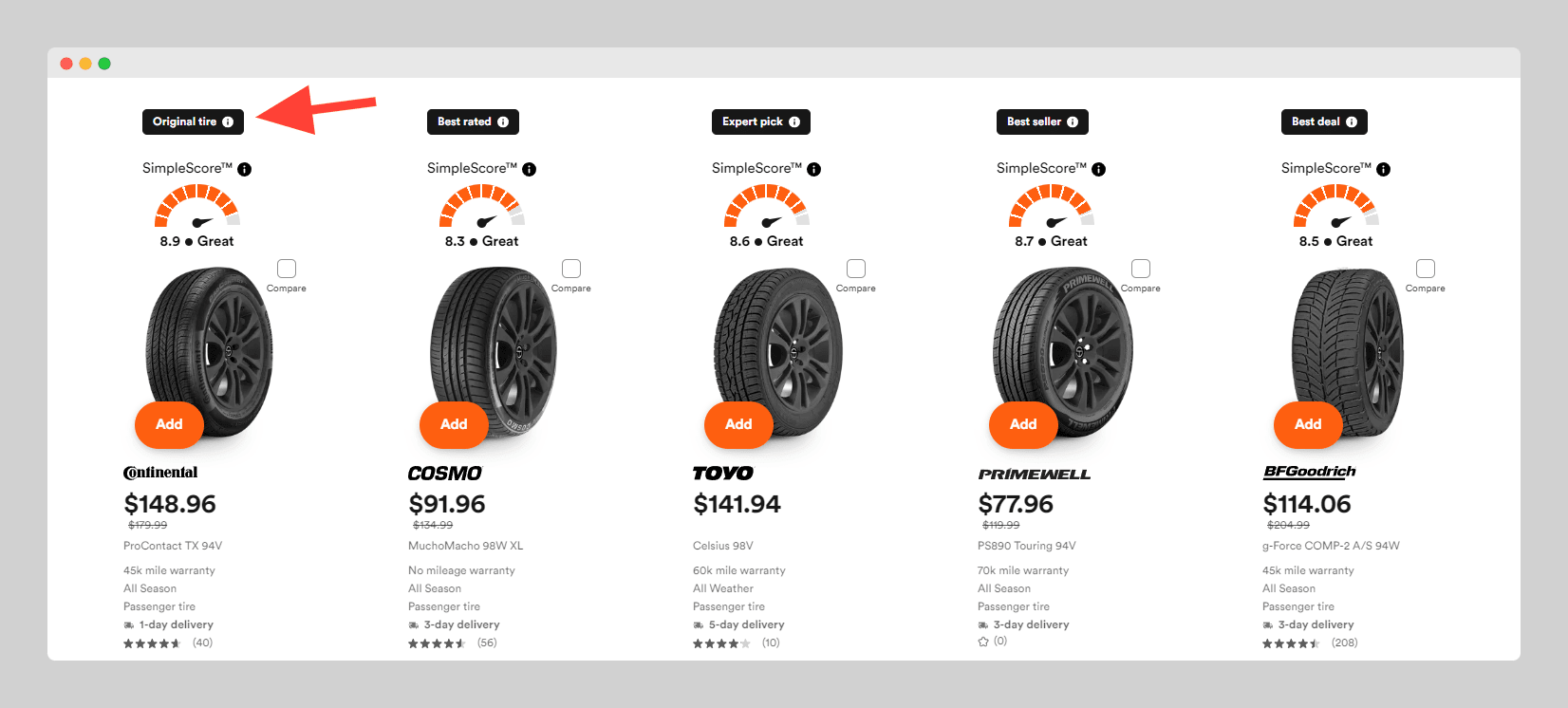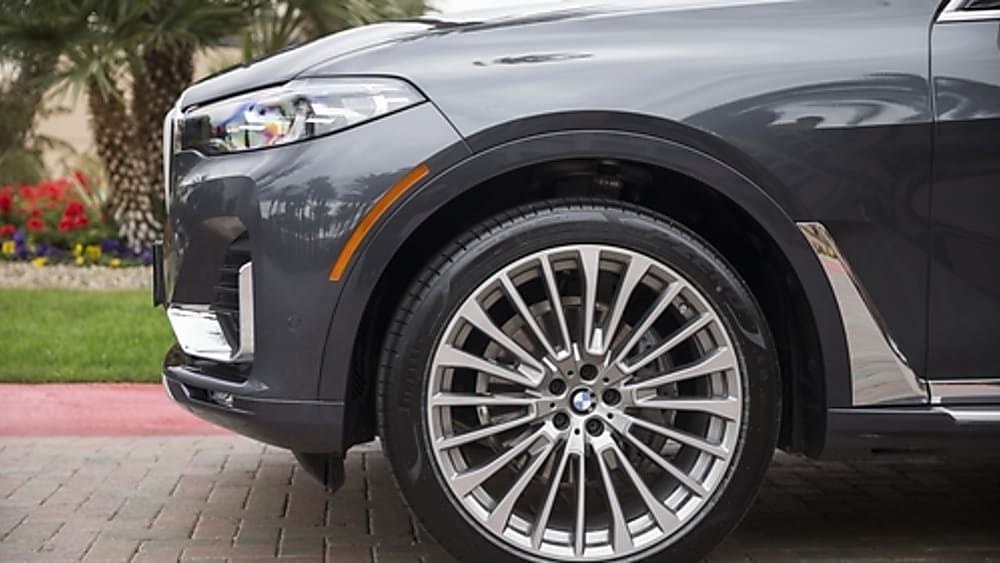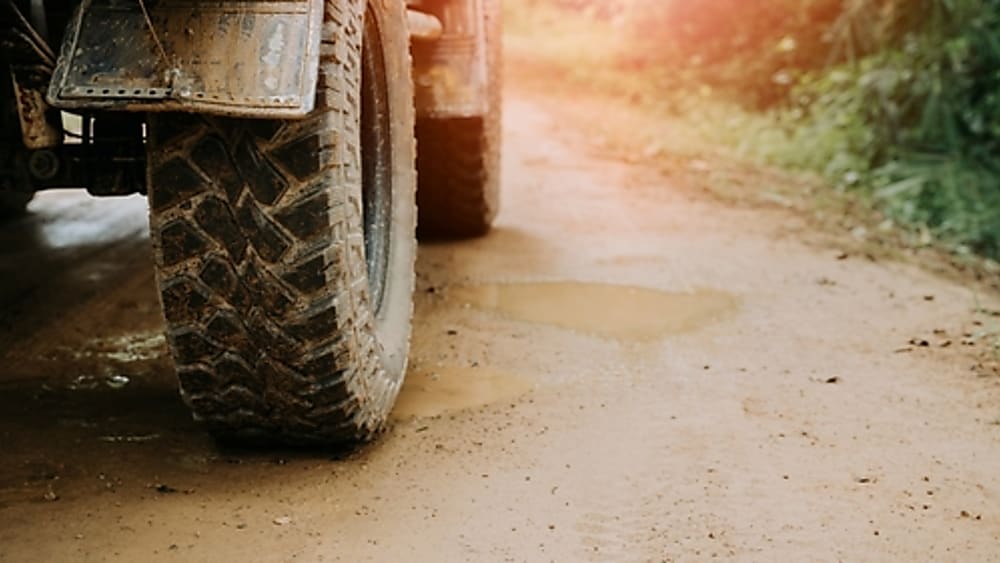Tire Buying Guides
Find original equipment manufacturer (OEM) factory tires
A simple guide to figuring out your original equipment manufacturer (OEM) factory tires

Best price guarantee
Tire replacement coverage
24/7 roadside assistance
Easy returns
Tire Buying Guides
A simple guide to figuring out your original equipment manufacturer (OEM) factory tires

There's much to love about used cars. They're usually affordable, broken in, and, for your performance types, maybe modified a bit to match your taste.
Speaking of modifications, one of the first places vehicle owners begin making changes is in the wheel and tire department.
Thankfully, the stock wheels are often around somewhere— many times on the car boasting aftermarket rubber. The only problem is that not everyone wants the same thing from a set of tires. The person before you may have added a performance tire set, and you're keen on keeping the stock configuration.
How do you find what the original tires were for your vehicle? It's actually not that hard to find.
If you know the year and trim of your vehicle, SimpleTire has you covered in finding your Original Equipment Manufacturer aka OEM tires. Just open our search bar at the top of the page and enter your Year, Make, Model, and Trim.
From there we curate our recommended selection of tires for you and also provide the OEM tire for you if it's available in stock. Just look for the badging "Original Tire".


In most cases, that's good enough.
But just in case of misinformation, every vehicle arrives from the factory with a place card that provides all of your OEM tire information.
In some cases, this sticker may be under the hood, but it's usually located in the door jam. Yes, it's the same sticker you look at to find your tire pressure.
This place card should include the following information:
That's all well and good, but what if you want even more information? For example, let’s say you're working with a collector's car and want to track down the exact tire make and model to match the vehicle.
That can be a little more tricky, and the internet will be your best friend. Some tire manufacturers list all of the tires they produced as OEs for specific vehicles, and you might need to trace down the information you need here, but resorting to forums is often the best route for collector owners.

There's plenty of reasons to move to aftermarket tires, which we will talk about shortly. But, first, let's dive into why you might want to revert to stock.
Aside from preserving collector's value on some cars, it's not like automakers blindly select a set of tires for new vehicles. It's not the exact opposite, but there's plenty of logic in the decision-making process.
For the most part, automakers team up with tire manufacturers during vehicle development to create the perfect pair. The two come together to sort out definitive characteristics of a vehicle, such as the performance level, weight, and drive type, to find a tire that works well with that combination.
No, cars don't usually come with tires made for a single platform. Instead, automakers usually stick with default lines to match their compact cars, SUVs, and so on and simply pick something from one of those lines in an appropriate size.
Tires play a significant role in performance, efficiency, hauling capabilities, and so on. The ratings you see attached to a vehicle are obtained with the factory’s tires a vehicle comes equipped with. By sticking to the OE tires, or something that closely matches it, you can make sure you're as close to OE performance as possible.
Vehicles arrive with tires that are intended to handle a wide range of different situations, and when you stick to the OE-tire size, you maintain a higher level of versatility than you may obtain from an aftermarket wheel and tire.
The thing about sticking with OE tires is that there's more to gain from it if you're the average motorist. This isn't 1969 when cars and trucks came with pizza cutters for tires that are far worse than the aftermarket rubber available nowadays.
Still, it's essential to be aware of something called tire theory as you venture into the realm of swapping tires.
Tire theory tells us that everything comes at a tradeoff. Improved performance on pavement reduces the ability to handle gravel and dirt, improved performance off-road can hinder on-road performance, boosting load ratings might hurt performance without a payload, and all can have an adverse impact on comfort.
OE tires strike a balance between all and offer the perfect blend of capabilities without reducing comfort. While this means they do all things well, it means they do no single thing with stride.
That's why it's still possible to dramatically improve the characteristics of a vehicle in one way by simply swapping tires. Just remember that there is always a drawback in some areas when you do, and it's best to read into the tires to know what any potential drawbacks may be before they can take you by surprise.

Sometimes yes, sometimes not. If a performance tire that's the same size as the OE tires in place, very little may change. In fact, the appropriate tire pressure may remain the same, and all that might vary is the load rating, which is still important to keep track of. In this case, reverting back to stock is simple.
Things get a little complicated when you begin to change tire sizes.
In most cases, tire size increases can be a problem. First and foremost, it can create clearance issues. Depending on how much larger the tire is, you may need to change wheel sizes as well and possibly alter the suspension to accept it. In extreme cases, the body and chassis may need alteration as well.
You should also know that the tire size and final drive ratios directly impact one another, which is why moving to taller tires typically throws off speedometer readings and reduces throttle response. On top of that, load and pressure ratings can change with tire size.
If you are buying a vehicle with oversized tires, you should ask questions to find out what has been done to the vehicle to accept them. If the job is incomplete, you may want to revert back to stock to save yourself further investments.
However, it might be best to stick with the aftermarket tires if the previous owner has gone through the trouble to do the job right, as going back can be equally as time-consuming and expensive.
What if you didn't ask the questions you should have when buying a used car with aftermarket tires? No problem. Our customer service lines can help you get in the right ballpark. We can even recommend a tire professional in your area that can help you determine the best course of action for your application and even make recommendations on what tires you should consider!
Search By